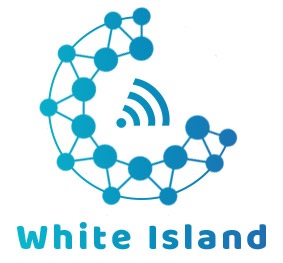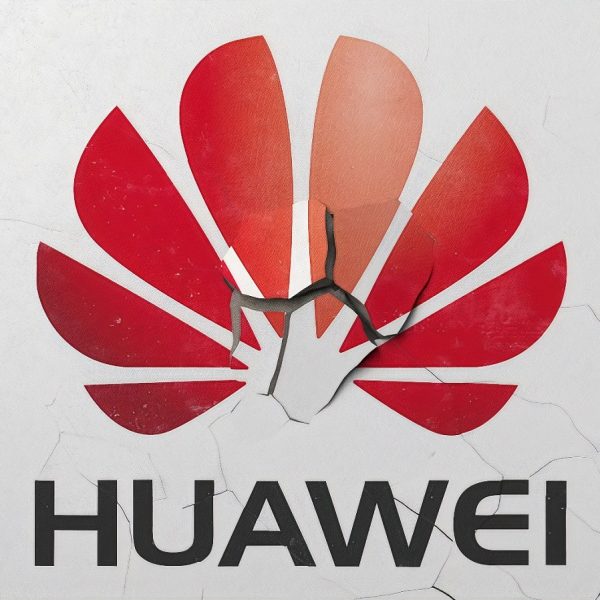In an era characterized by rapid technological advancements and digital transformation, modern enterprises are constantly seeking robust and innovative solutions to stay competitive. Among the prominent players offering cutting-edge network solutions is Huawei. This article delves into the numerous benefits of implementing Huawei network infrastructure in contemporary business settings. Additionally, we will explore how integrating Huawei’s solutions with technologies like Mimosa Network and PEP Link further enhances business operations.
Understanding Huawei Network Infrastructure
Huawei offers a comprehensive suite of network solutions that cater to the diverse needs of modern enterprises. From routing and switching to wireless communication and network security, Huawei provides essential tools to build a resilient and scalable network infrastructure. Let’s explore some key components and benefits of implementing Huawei networks:
Key Components of Huawei Network Solutions
- Advanced Routing and Switching: Huawei’s routers and switches are designed for optimal data flow, offering high-speed connectivity and enhanced network reliability. They enable seamless data exchange across different network segments.
- Wireless Technologies: With expertise in 5G, LTE, and Wi-Fi technologies, Huawei delivers superior wireless solutions that cater to both indoor and outdoor connectivity needs.
- Optical Networking: Huawei’s optical networking solutions ensure high-capacity and long-distance data transfer, facilitating uninterrupted communication even over vast geographies.
- Data Center Solutions: Huawei’s data center offerings include powerful servers and storage solutions, providing scalable infrastructure essential for cloud computing and big data applications.
- Security Solutions: Integrated security protocols protect networks from emerging threats, ensuring data confidentiality and integrity.
Benefits of Huawei Network for Modern Enterprises
1. Enhanced Scalability and Flexibility
Huawei networks are designed with scalability in mind, allowing enterprises to expand their infrastructure as business needs grow. This is crucial for companies experiencing rapid growth, as it eliminates the need for frequent overhauls of network architecture.
2. Superior Performance and Reliability
With high-speed data transmission capabilities and optimized network management, Huawei’s infrastructure ensures that businesses can operate efficiently without bottlenecks, leading to improved performance and reliability.
3. Cost Efficiency
By offering energy-efficient solutions, Huawei helps enterprises reduce operational costs. The need for less frequent hardware upgrades and lower energy consumption contributes to substantial cost savings in the long run.
4. Seamless Integration with Mimosa Network and PEP Link
Integrating Huawei’s advanced infrastructure with other technologies such as Mimosa Network and PEP Link brings additional benefits:
- Mimosa Network: Known for its high-performance wireless broadband solutions, combining Mimosa with Huawei creates a network that offers expansive coverage and robust backhaul solutions, particularly useful in challenging environments or remote locations.
- PEP Link: PEP Link’s specialty in multi-WAN connectivity enhances Huawei’s network by ensuring redundancy and reliable connections. This integration is crucial for enterprises where network uptime is critical, as it reduces the risk of disruptions.
5. Cutting-edge Innovation
Huawei consistently invests in research and development, leading to innovative solutions that keep companies at the forefront of technology. This future-proof approach ensures that enterprises can easily adopt emerging technologies without major disruptions.
6. Strong Security Posture
With comprehensive security measures, Huawei assists enterprises in safeguarding their networks against cyber threats. Robust security ensures that sensitive information is protected, reducing vulnerability to attacks.
Challenges and Considerations
While the benefits are significant, enterprises must consider the following challenges when implementing Huawei networks:
- Geopolitical Concerns: Huawei has faced scrutiny due to political tensions, particularly involving data privacy and security. Enterprises need to assess and address these concerns in the context of local regulations.
- Regulatory Compliance: Navigating varying international and national regulations about telecommunications can be complex. It’s important for companies to ensure complete compliance to avoid legal issues.
- Interoperability: Although Huawei offers ample integration capabilities, initial stages might require consulting to ensure seamless interoperability with existing systems and technologies.
Conclusion
Huawei network infrastructure offers a myriad of benefits for modern enterprises seeking to enhance their operations through reliable, scalable, and secure solutions. By seamlessly integrating with technologies like Mimosa Network and PEP Link, Huawei maximizes coverage, reliability, and efficiency, providing companies with the flexibility and innovation necessary to thrive in today’s competitive digital landscape.
As enterprises continue to embrace digital transformation, choosing the right network infrastructure is crucial. Huawei remains a strong contender, promising not only robust connectivity but also a future-oriented approach that aligns with the evolving demands of technology and business.




